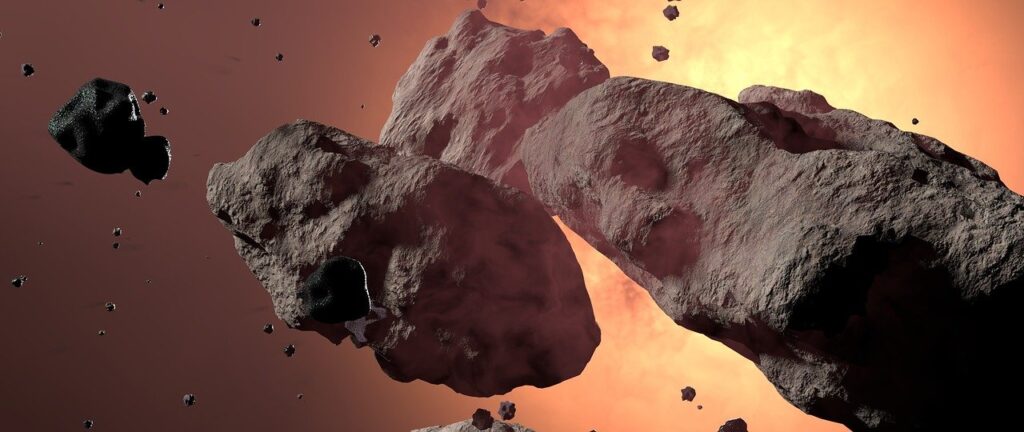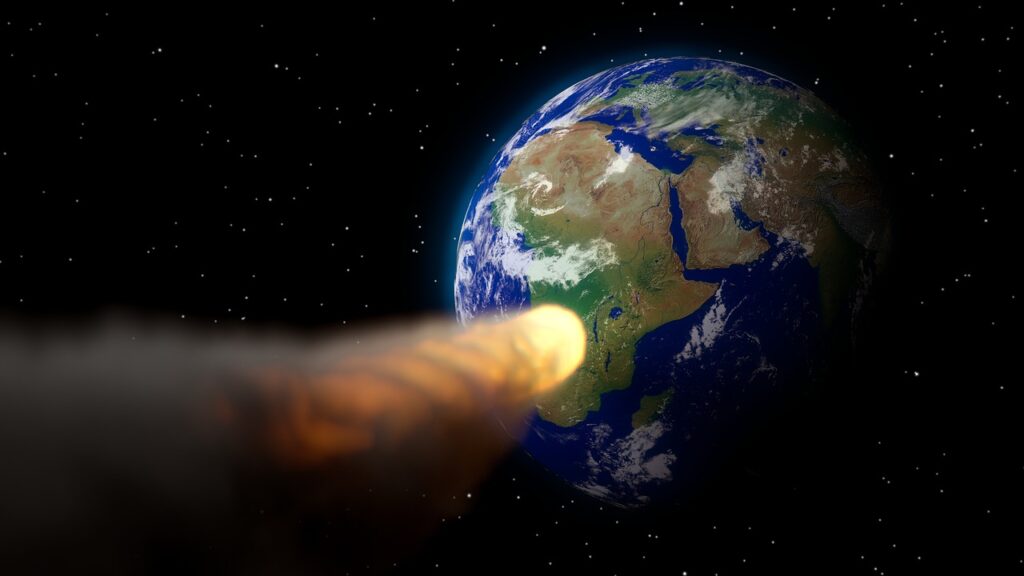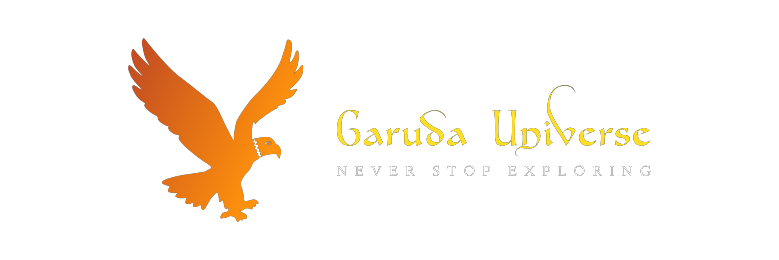
2018 VP1 is an Apollo Near-Earth Asteroid with a diameter of about 2 meters, around the size of a small automobile. It was discovered at the Palomar Observatory in California in 2018, followed by a 13-day observation arc, and has not been detected since November 2018. According to Scientists, it was around 450616.32 Km away from the Earth two years ago but this year asteroid came much closer, i.e., 7563.917 Km away from earth.
Astrophysicist Neil de Grasse Tyson tweeted “Asteroid 2018VP1, a refrigerator-sized space-rock, is hurtling towards us at more than 40233.6 km/hr. It may buzz-cut Earth on Nov. 2, the day before the Presidential Election”. That’s why it is named ‘The Election day Asteroid’. But nothing much to worry about, it is very small and poses no threat to Earth. So stay assured the world’s not ending cause of the universe in 2020.
The space agency is not even sure that an asteroid would enter Earth’s atmosphere, its chances are around 0.41% to enter the earth’s atmosphere, and if it did, It would break into small pieces due to its minimal size as compared to Earth. According to NASA studies, the asteroids having a larger diameter of around 140 meters present a serious concern as it has the potential to cause severe impact after entering Earth’s atmosphere. However, we are safe for another 100 years as there are no significant chances of impact.
But what if an asteroid comes on an impact trajectory for the earth?
Is there any way to change the direction of asteroids to prevent them from striking Earth?

Many space agencies are currently working on various projects such as the Double Asteroid Redirection Test (DART) mission and ESA’s Hera that is a component of the Asteroid Impact and Deflection Assessment (AIDA) mission which is a joint collaboration of ESA, the German Aerospace Center (DLR), Côte d’Azur Observatory (OCA), and NASA, etc. It proposes the idea of sending a pair of space probes which will study and demonstrate the kinetic effects of crashing a spacecraft into an asteroid moon and test and validate impact models of whether a spacecraft could successfully deflect an asteroid on a collision course with Earth whereas the main target of the DART mission is to rendezvous Didymos, a binary near-earth asteroid which is about 780 m in size, the same as the size of The Great Pyramid of Giza and poses a serious threat to Earth.
* The information provided herein is, to the best of our knowledge and is only for informative purpose. If you have a news update or correction, let us know at -info@garudauniverse.com




